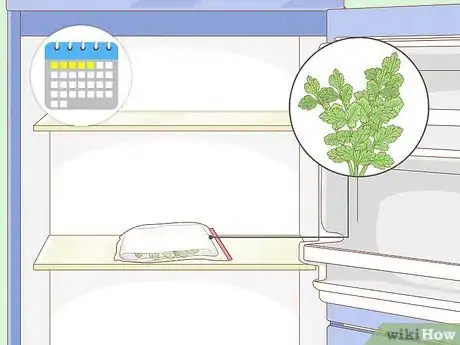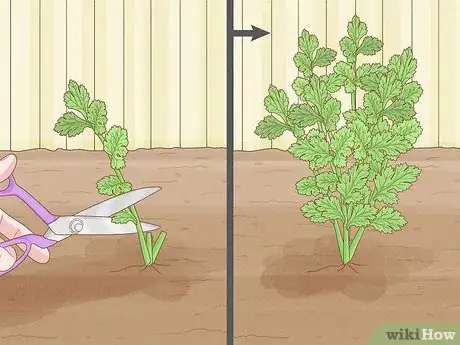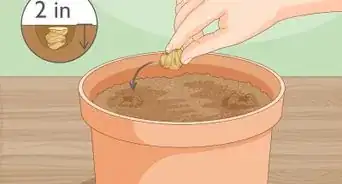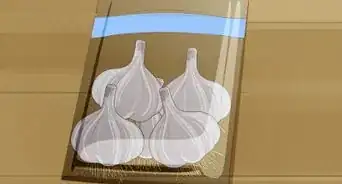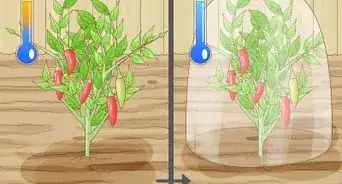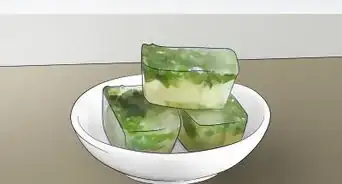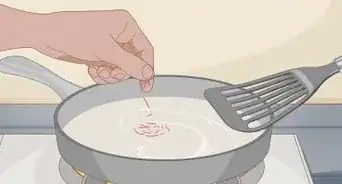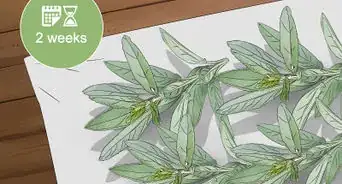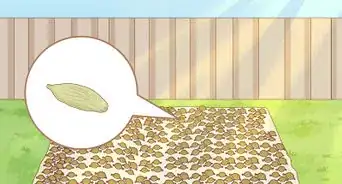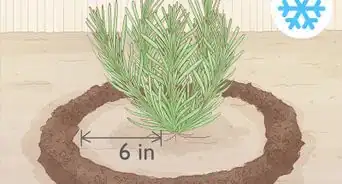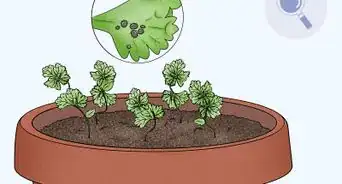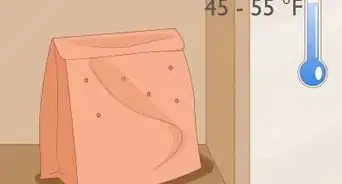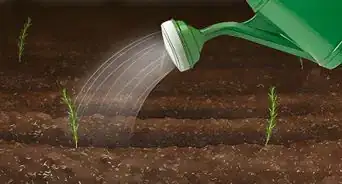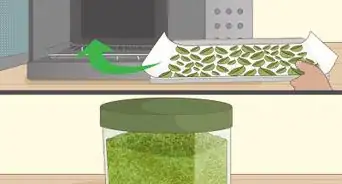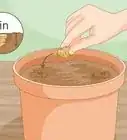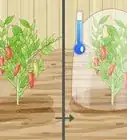This article was co-authored by Artemisia Nursery and by wikiHow staff writer, Jennifer Mueller, JD. Artemisia Nursery is a retail plant nursery in Northeast Los Angeles specializing in California native plants. Artemisia Nursery is a worker-owned small business with plans to become a worker-owned cooperative. In addition to California native plants, Artemisia Nursery offers a selection of succulents, heirloom veggie and herb starts, house plants, pottery, and gardening tools and supplies. Drawing on the knowledge of the founders, Artemisia Nursery also offers consultations, designs, and installations.
There are 11 references cited in this article, which can be found at the bottom of the page.
This article has been viewed 15,039 times.
Cilantro is often used to add fresh flavor to Latin American and Southeast Asian dishes. If you're a fan, it's relatively easy to grow your own! As a bonus, once the plant dies and goes to seed, you can gather those seeds (called "coriander seeds") and grind them up as a spice.[1] Here, we've gathered answers to some of your most common questions about how to grow and harvest this delicious herb.
Steps
Warnings
- Cilantro has a short life. If your plant dies after a couple of months, that doesn't mean you've done anything wrong! It simply isn't around as long as other leafy herbs, such as parsley.[17]⧼thumbs_response⧽
References
- ↑ https://gardeningsolutions.ifas.ufl.edu/plants/edibles/vegetables/cilantro.html
- ↑ https://agrilifeextension.tamu.edu/library/gardening/cilantro/
- ↑ https://www.rhs.org.uk/advice/grow-your-own/herbs/coriander
- ↑ https://agrilifeextension.tamu.edu/library/gardening/cilantro/
- ↑ Artemisia Nursery. Plant Nursery & Garden Shop. Expert Interview. 7 August 2020.
- ↑ https://www.wifss.ucdavis.edu/wp-content/uploads/2016/10/Cilantro_PDF.pdf
- ↑ https://www.masterclass.com/articles/how-to-plant-and-harvest-cilantro#quiz-0
- ↑ https://www.wifss.ucdavis.edu/wp-content/uploads/2016/10/Cilantro_PDF.pdf
- ↑ https://digitalcommons.usu.edu/cgi/viewcontent.cgi?article=1165&context=extension_curall
- ↑ https://youtu.be/C7MH9gDc_dg?t=73
- ↑ https://extension.oregonstate.edu/news/plant-cilantro-summer-get-coriander-seeds
- ↑ https://www.rhs.org.uk/advice/grow-your-own/herbs/coriander
- ↑ https://gardeningsolutions.ifas.ufl.edu/plants/edibles/vegetables/cilantro.html
- ↑ https://www.sierraclub.org/sierra/2013-2-march-april/green-life/spring-gleaning-best-herbs-grow-home
- ↑ https://www.masterclass.com/articles/how-to-plant-and-harvest-cilantro#quiz-0
- ↑ https://gardeningsolutions.ifas.ufl.edu/plants/edibles/vegetables/cilantro.html
- ↑ https://www.canr.msu.edu/news/the_short_sweet_life_of_cilantro





